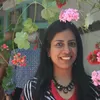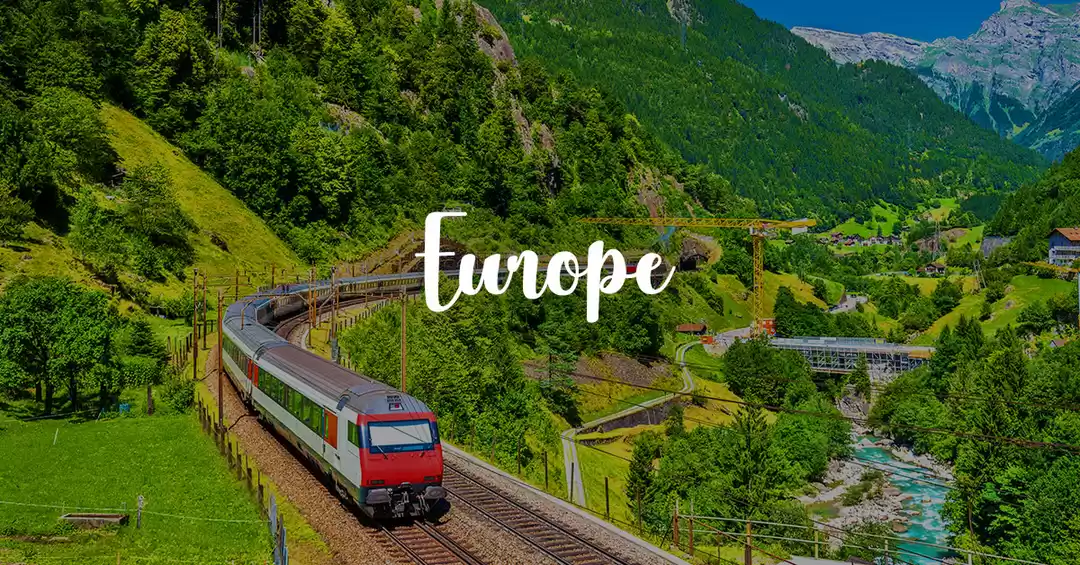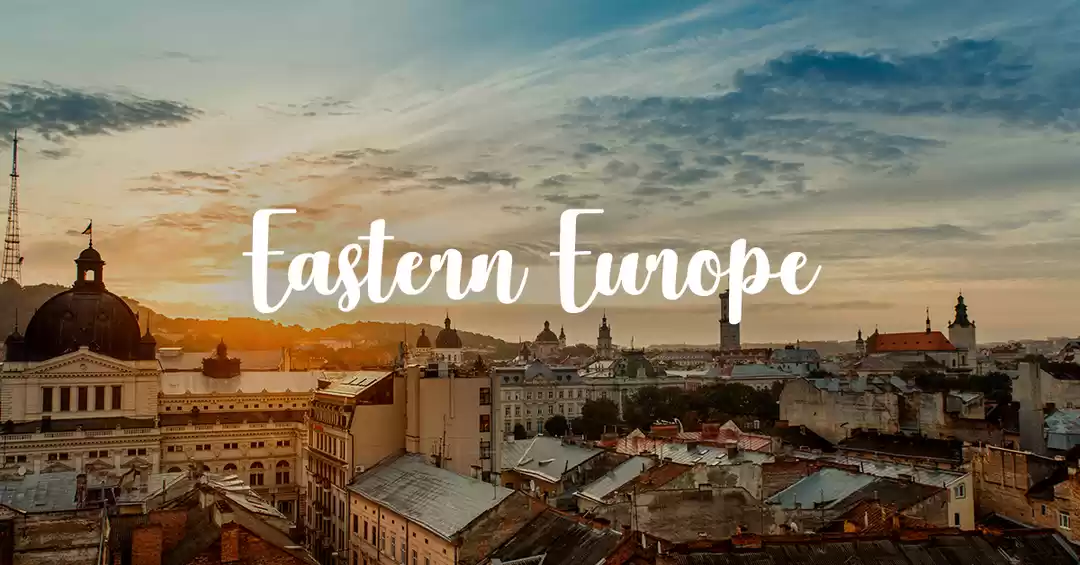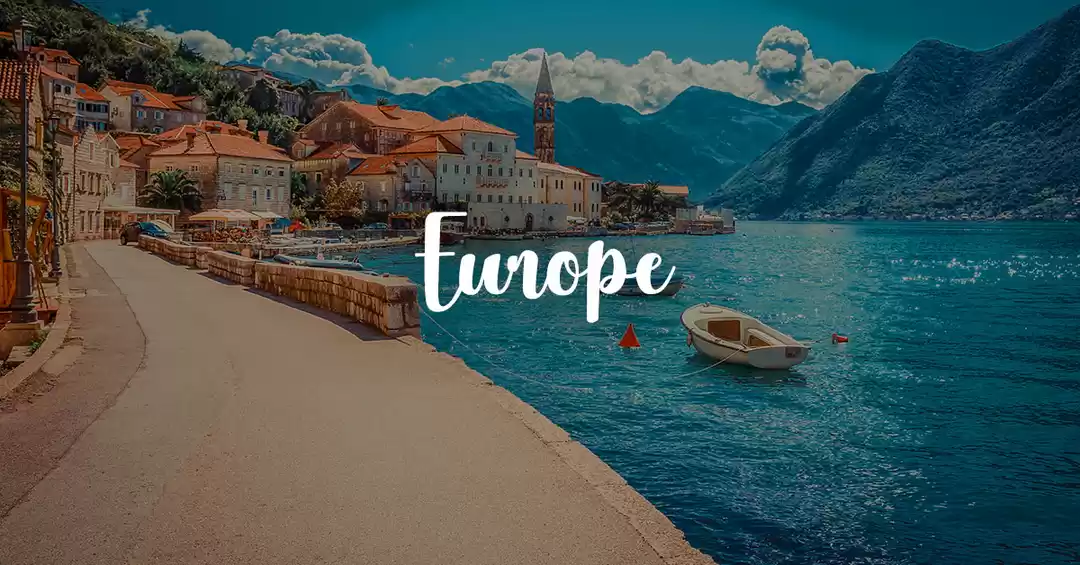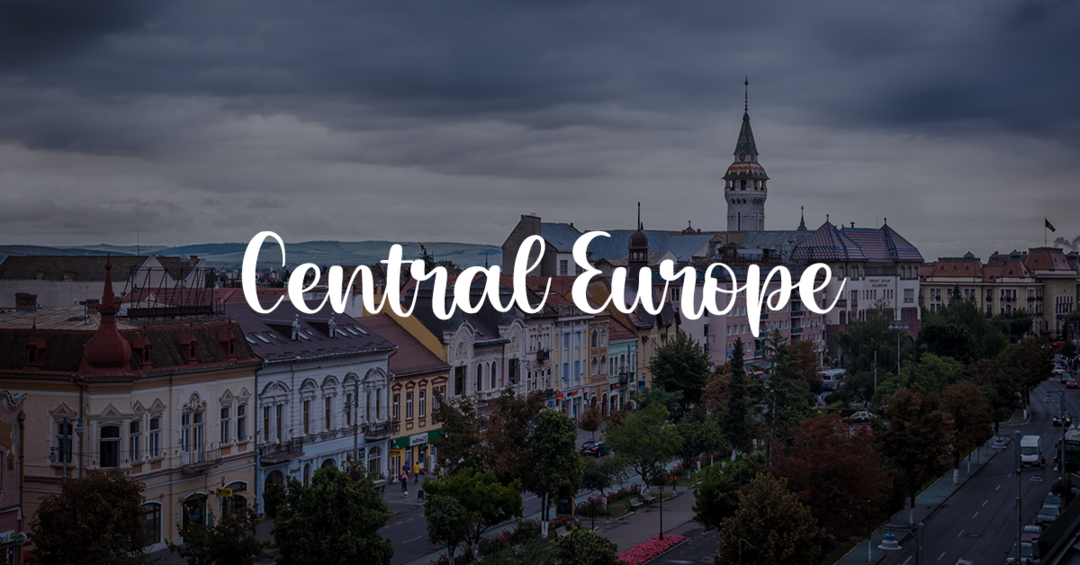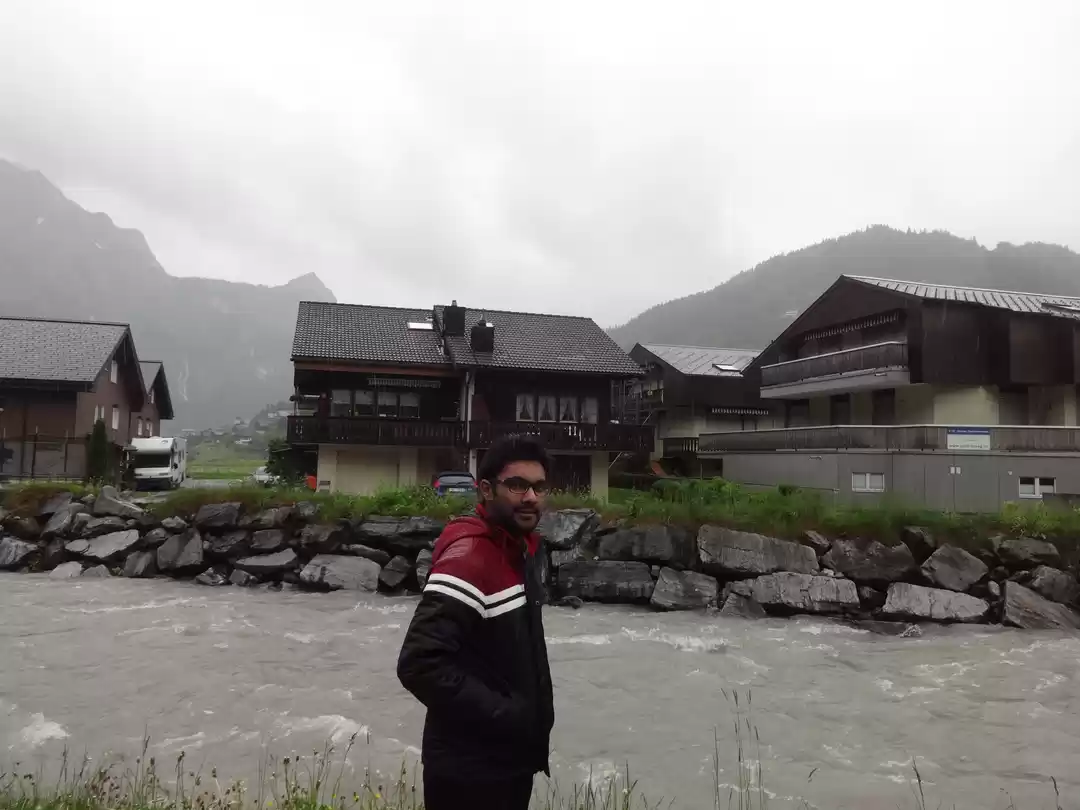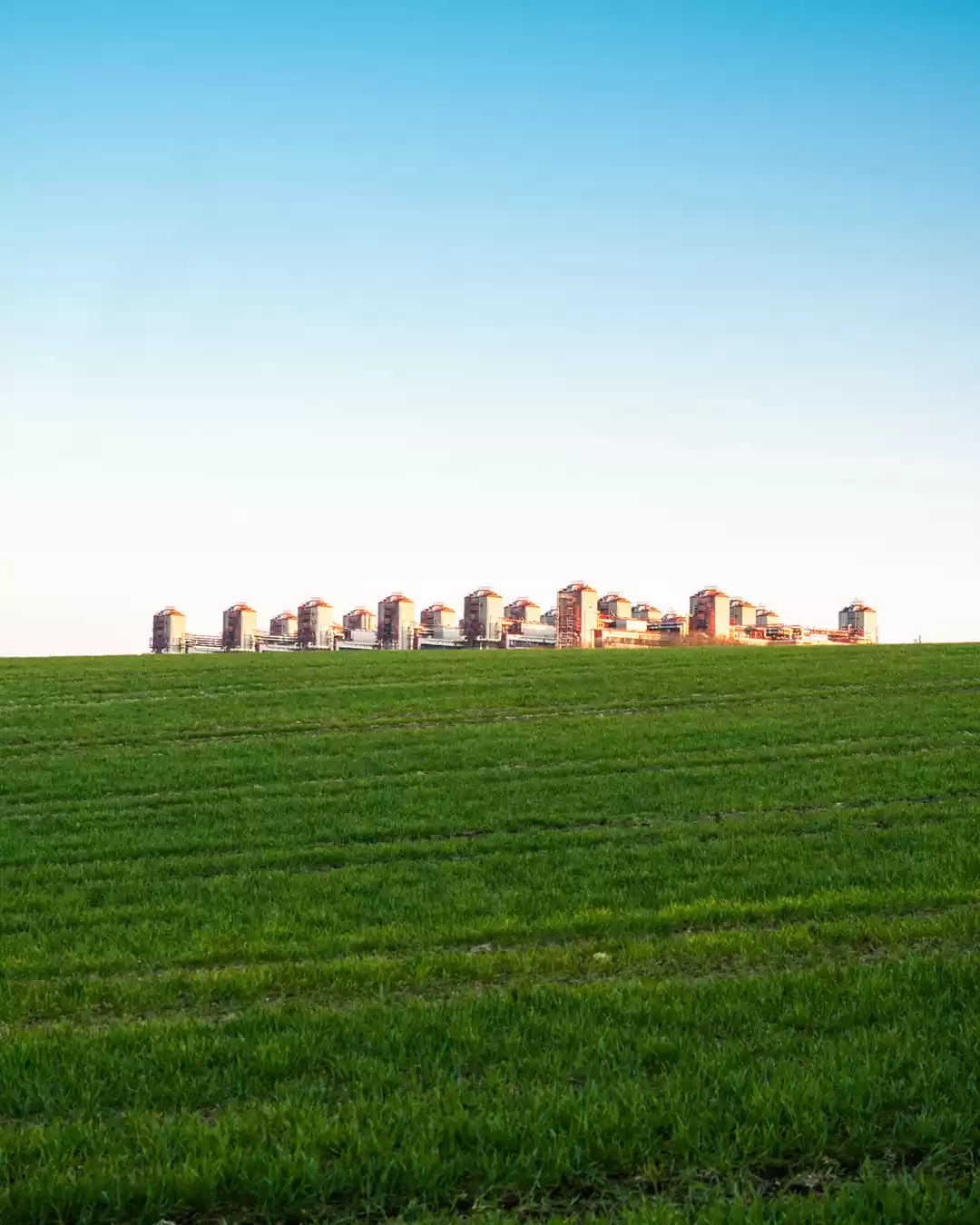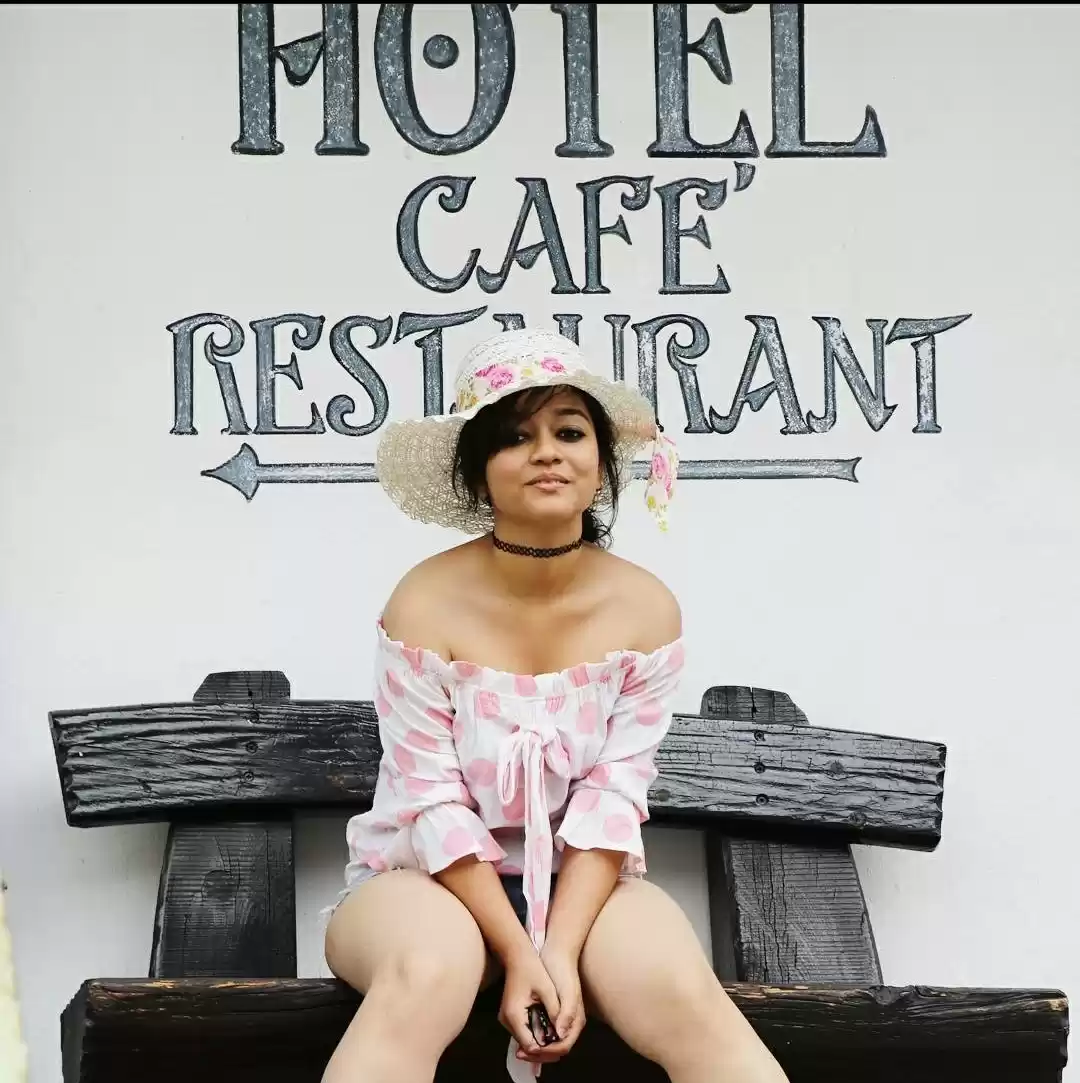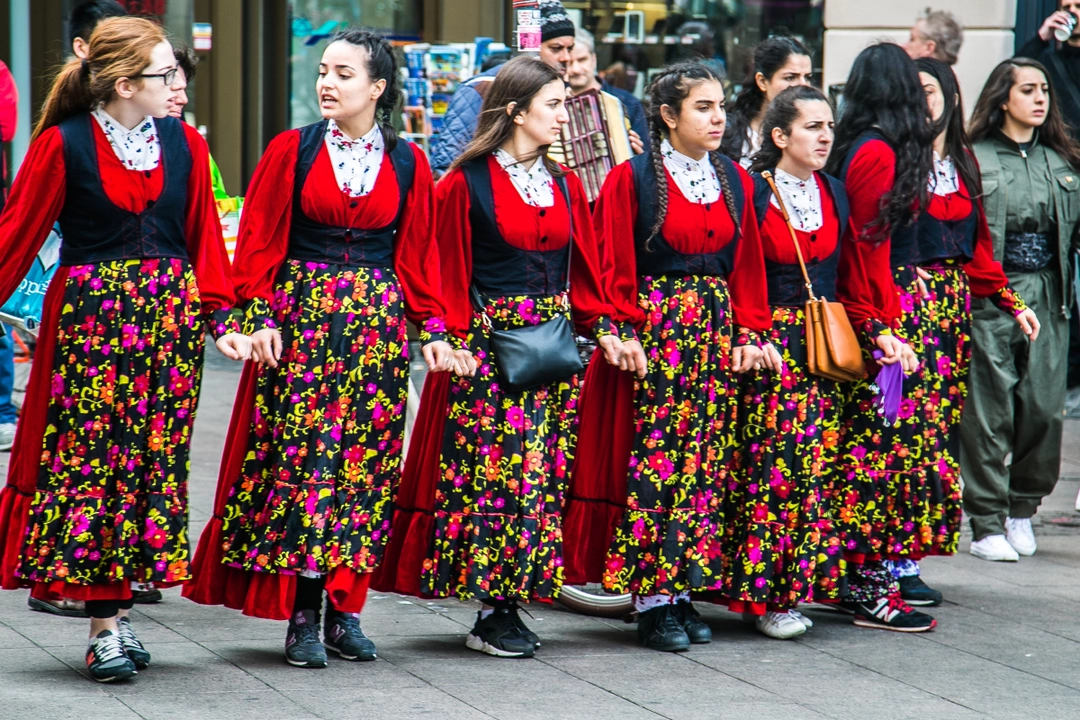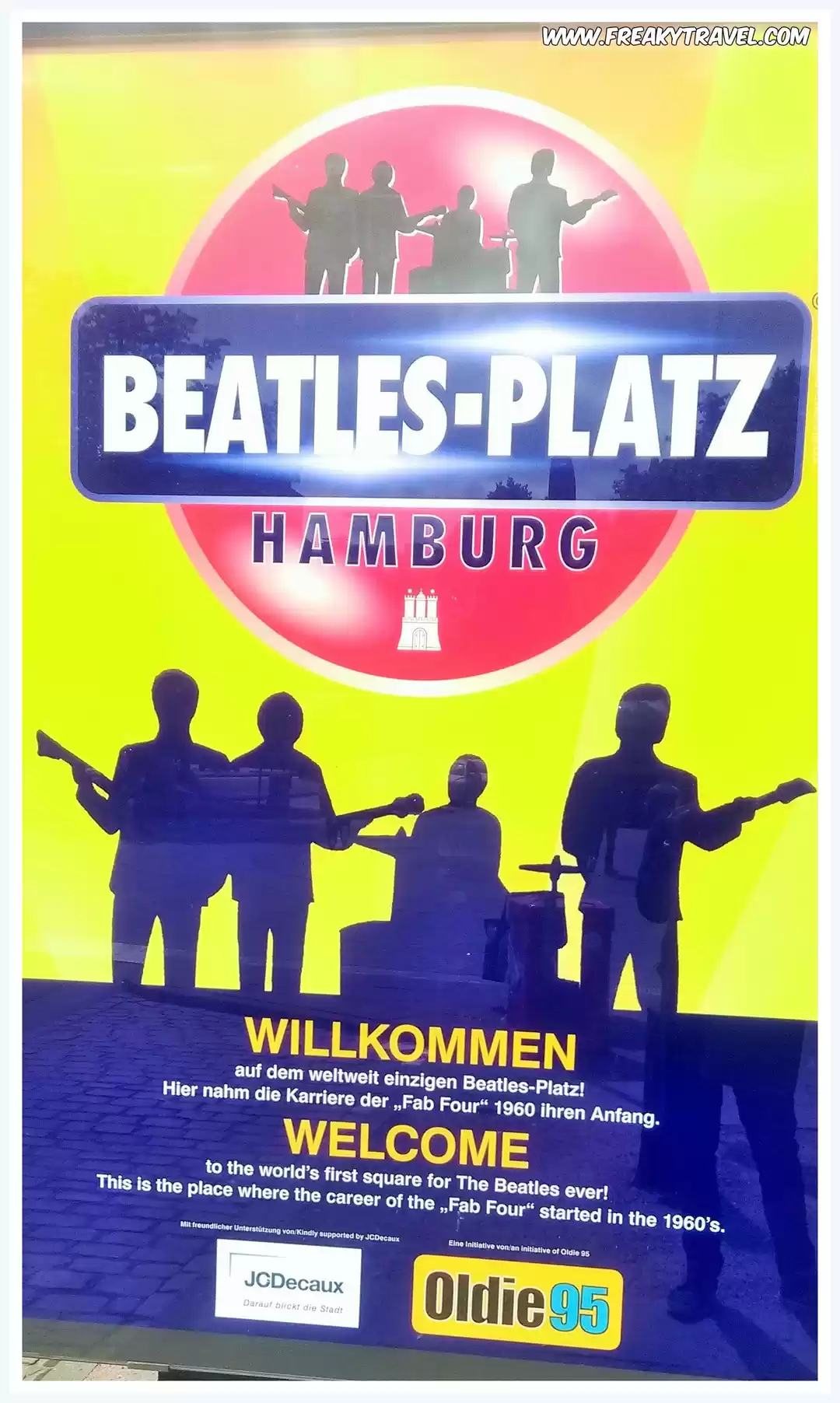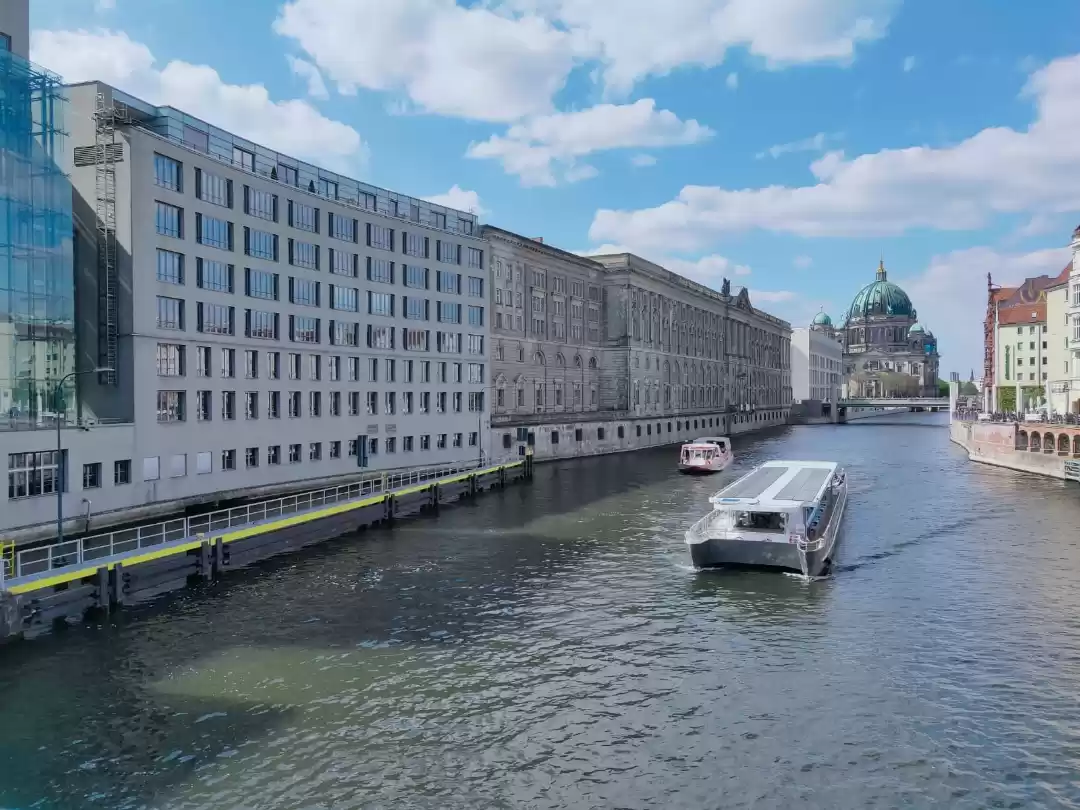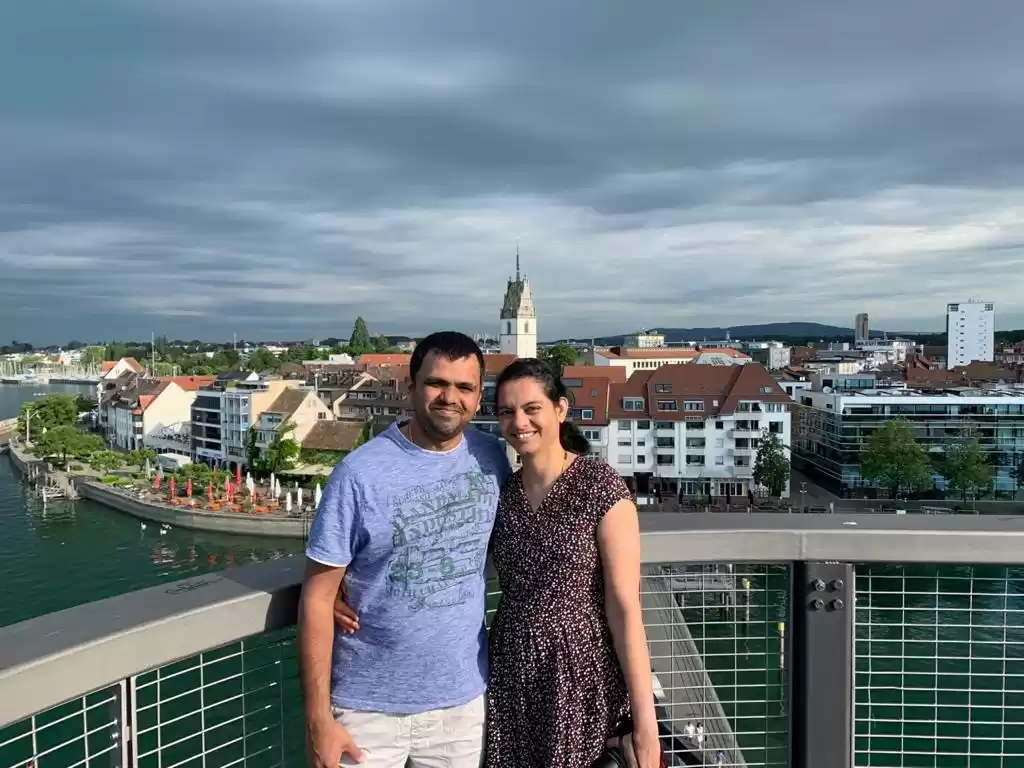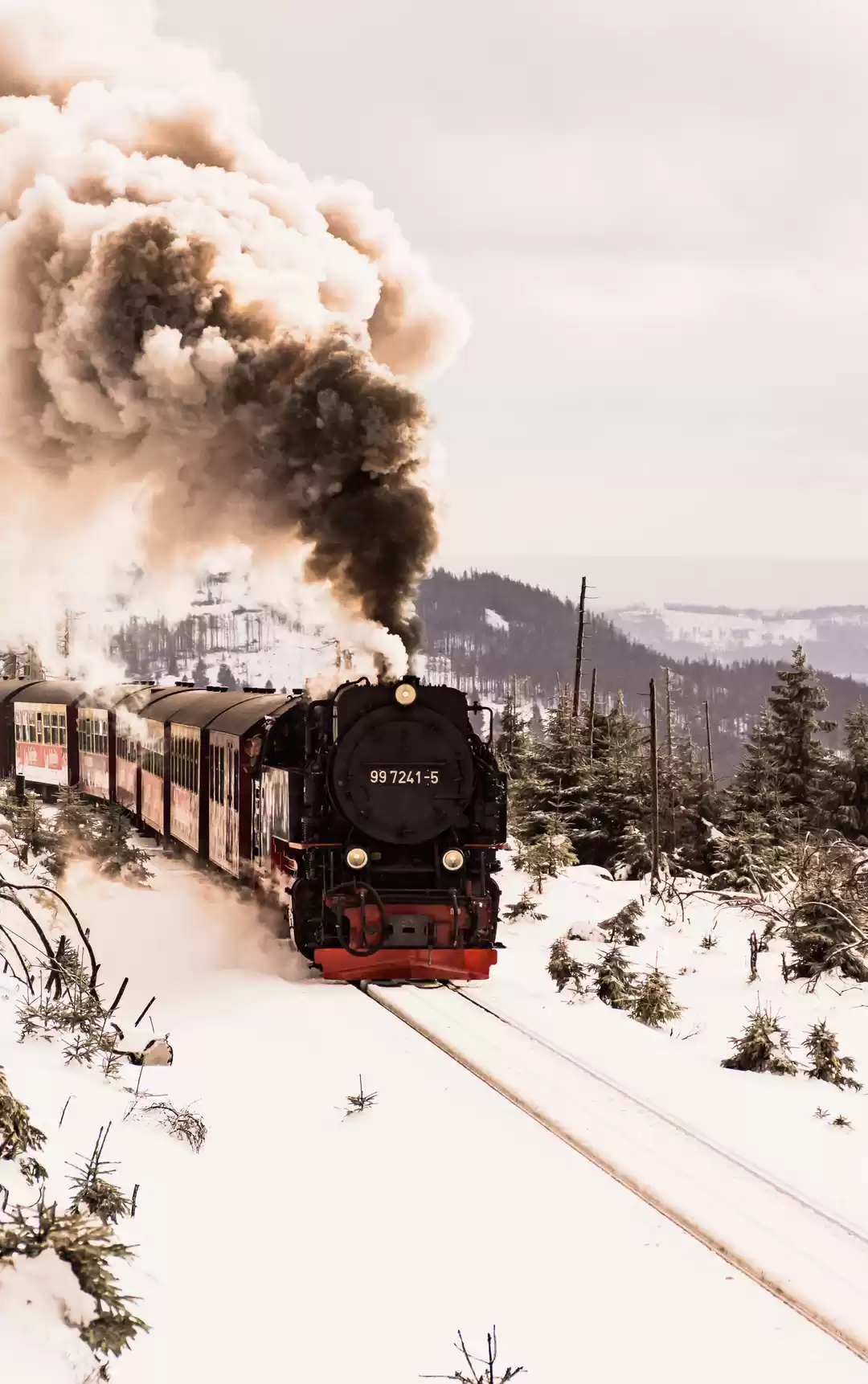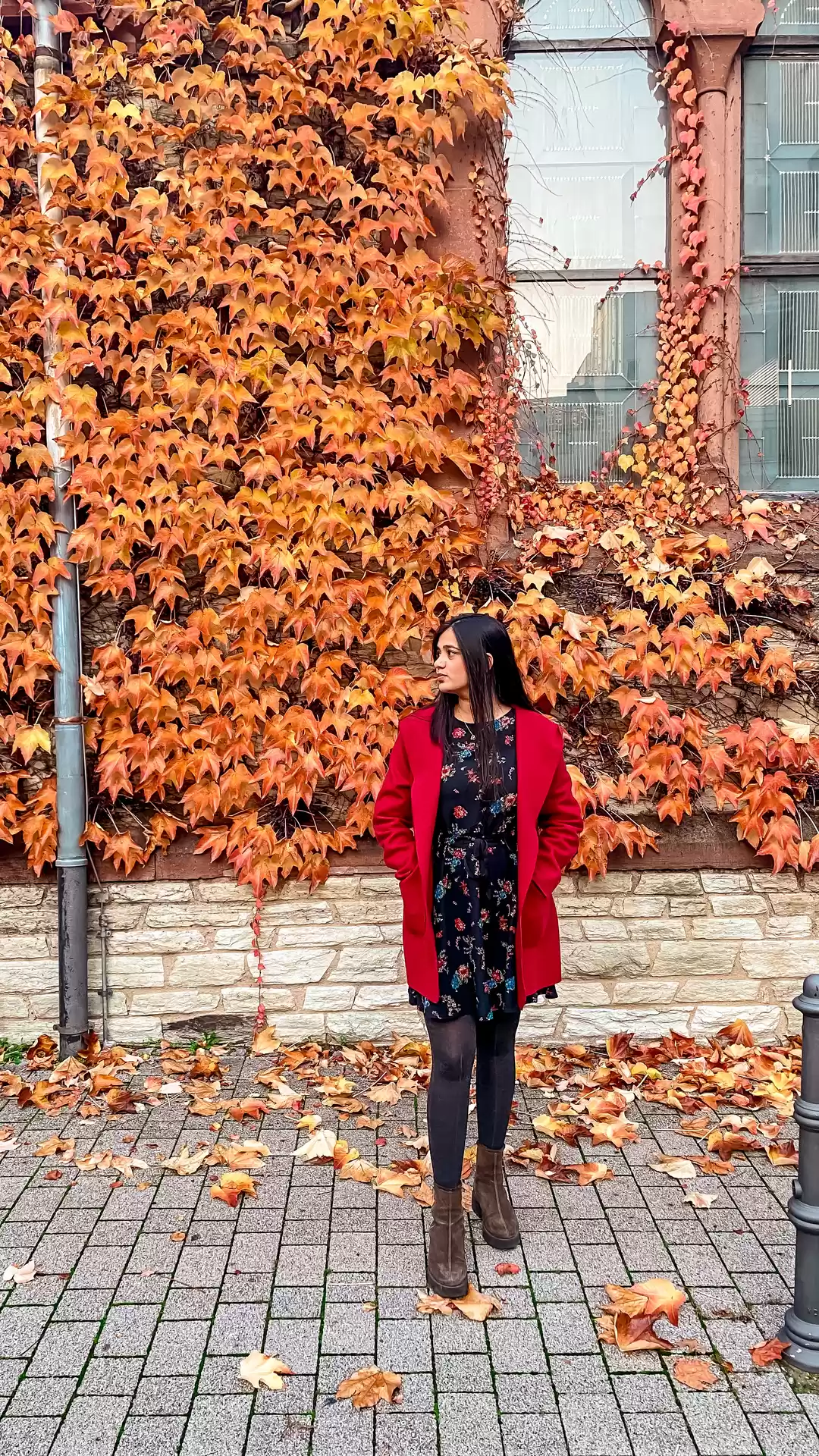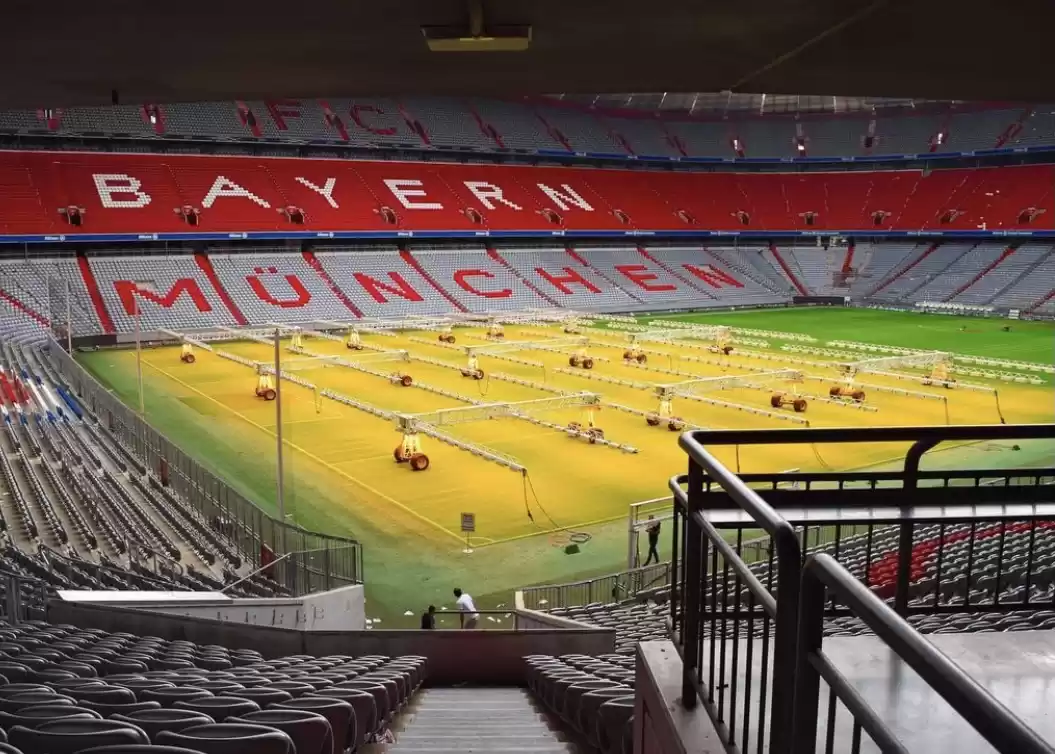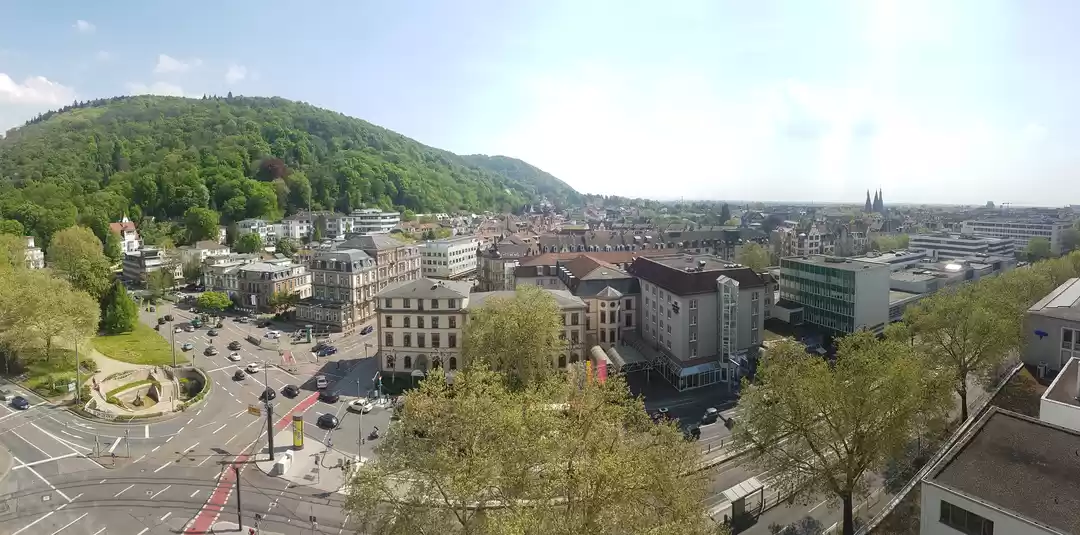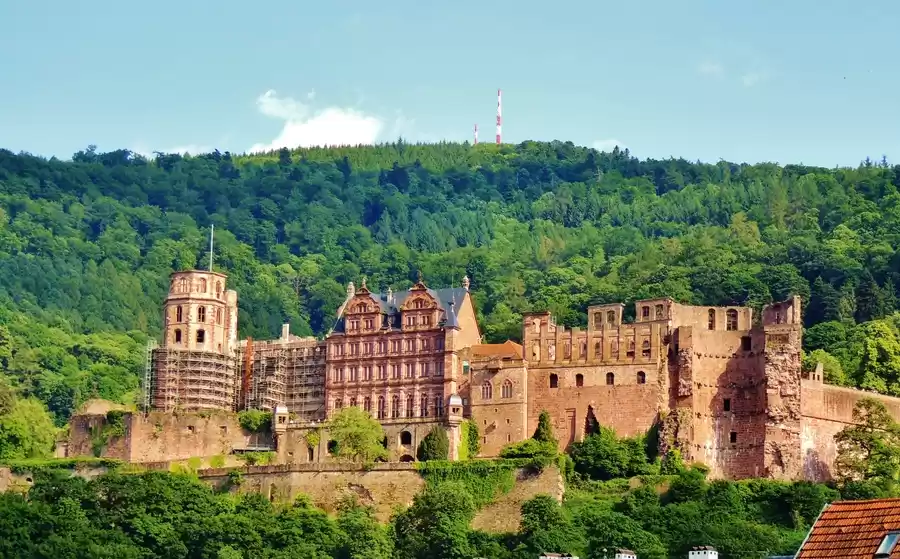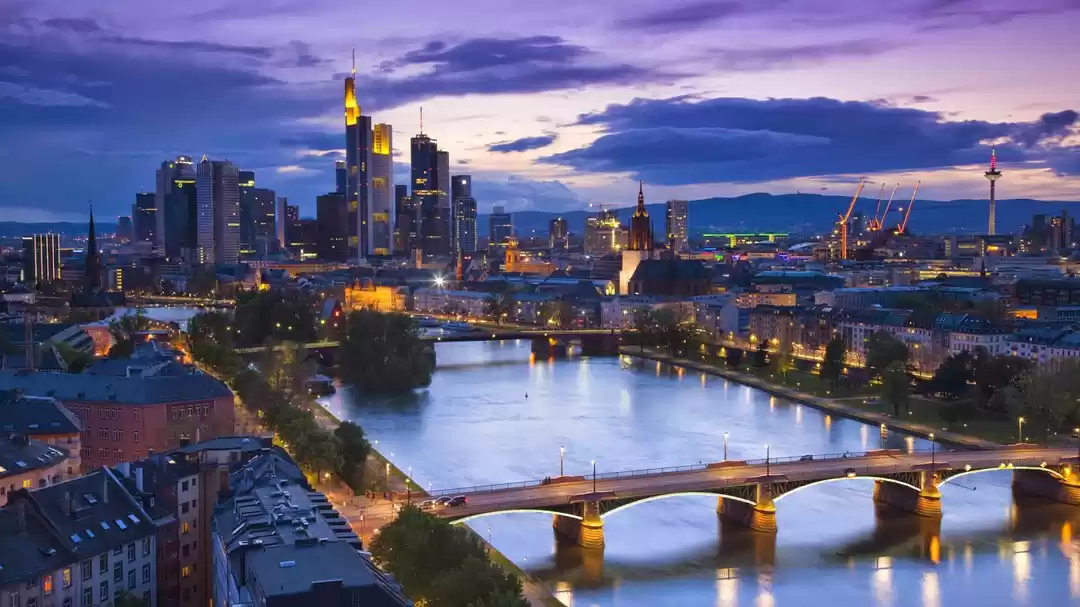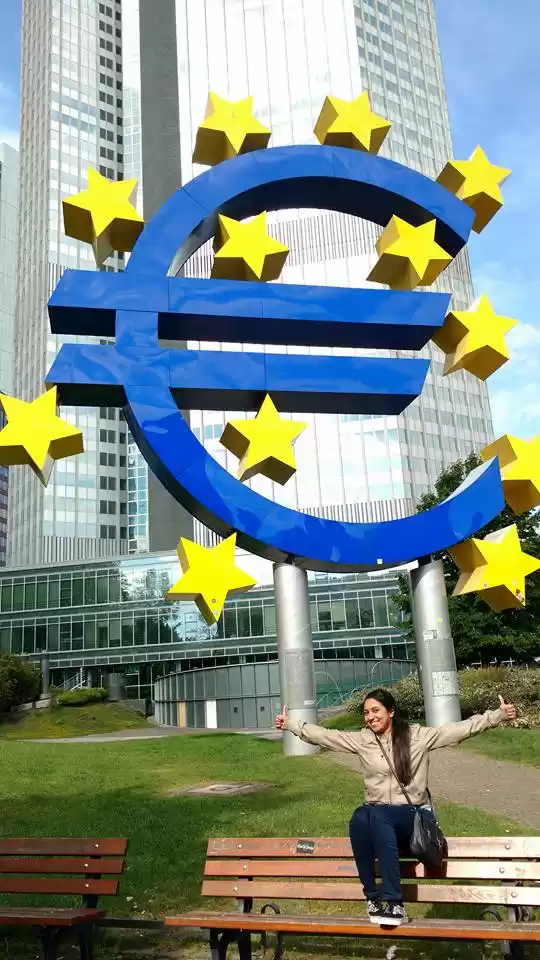
Germany is diverse and each part has something new and exciting to experience. This itinerary focuses on a few picturesque cities—Frankfurt, Heidelberg, Göttingen, Seulingen, Brocken—and the top things to do while there.
Trip duration: This itinerary is for a week, and can be extended if you plan to travel to other cities in the country.
How to reach: There are plenty of flights, particularly of Lufthansa Airlines, that fly directly into various big cities in Germany. For convenience, this itinerary uses Frankfurt as the starting point.
Montag: Willkommen to Frankfurt
“Gutenmorgen” was the first word I heard as I stepped off the plane at Frankfurt airport. The neat and clean city has a cosmopolitan and modern character, complete with block-shaped houses, tall, square-shaped steel buildings, and several banks and other offices. I crossed the famous 'Working Man' statue in downtown Frankfurt, which embodies the true nature of labour laws in the city.

I crossed other city landmarks like Neu Isenburg and Zeil Street. The traffic was polite and organized, and I noticed all kinds of cars whizzing by: big, small, two-seater and open-air. It’s hard to miss the German penchant for planning, rules, efficiency, technology and social compliance. You can almost ‘smell’ the discipline everywhere, as calm pedestrians never fail to cross the road at the correct signal. Even beggars on the road seem dignified in their begging! At the same time, small-town charm is visible amidst the modern cosmos: The old railway station looks stately besides a lovely opera house, ancient churches greet you at every turn and flower pots prettily peep atop home windows.
As I was jet-lagged and famished after my flight, I decided it might be good idea to go for a ‘typically German’ feast at a fine-dining restaurant called Villa Merton. Tall waitresses smiled cheerfully, serving an assortment of wines—Swiss, German, red and white; appetizers followed by a nine-course meal— Rodgau Spargel mit Basilikum (rodgau asparagus with basil), Zweierlei vom Weidekalb (two kinds of willow calf), Ganseleber mit eingelegter Makrele (foie gras with pickled mackerel), potatoes, pork, Eisben, Sauerkraut and sausages. I topped it all off with some yummy peaches and cream pastries, and picked up some black forest at the Wirelberg Garten next door.
I then crossed Duderstadt, the picturesque centre of the Eichsfeld region, housing an impressive collection of half-timbered houses. We entered an enchanting little village called Seulingen, where I was to stay with a German family. Full of mountain bikers and plenty of rental accommodation, the village is also home to many motorcycle clubs.
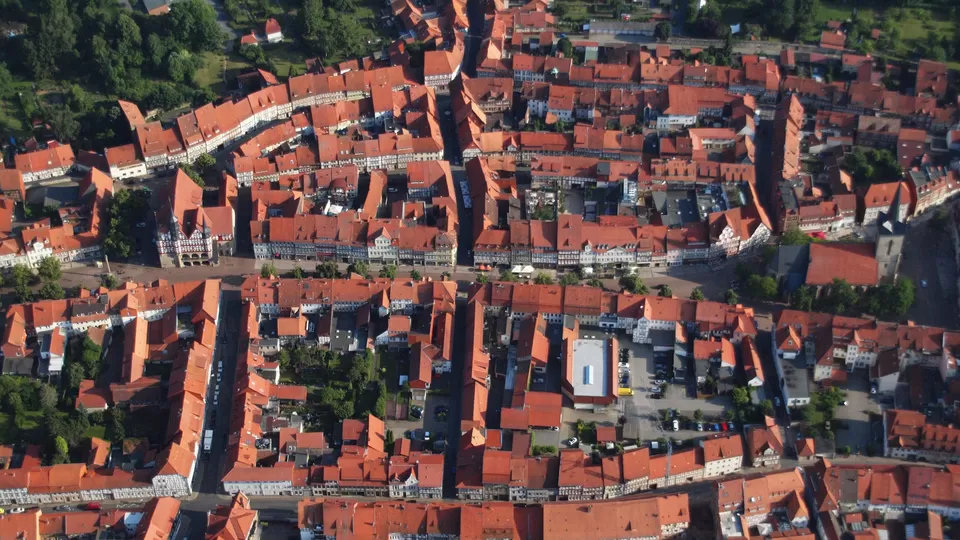
The houses here, in the eastern part of Germany, look visibly older. Some of the residents living here are Right-wingers, who still believe there should never have been a partition between East and West Germany. These traditionalists feel that partition brought nothing but unnecessary cost to the government, among other related problems like unemployment and poverty.
Dienstag: I lost my heart in Heidelberg …
The next morning, I went to see Heidelberg. Lying somewhere directly on the confluence of rivers Rhine and Neckar, sits this picturesque little university town. After a while, I stood at a vantage point from where I got a sweeping view of the city's picturesque landscape—the famous Limes, or the artificial line that the Romans built across Europe to defend the Roman Empire. I then strolled through the University Square and the Marktplatz, and breezed by a popular student tavern playing jazz. I stopped to relish a lunch consisting of the quintessential local delicacy, bratwurst at an eatery called Bratwurst Glockle.

After lunch, I went first to see the Schloss castle. Here lies, the world's biggest ancient barrel for storing wine. The castle also has the fascinating Deutsches Apothekenmuseum with a unique true-to-life display of pharmaceutical artifacts. The museum has been in the castle since 1957, after it was partially destroyed in Bamberg during the Second World War. The museum is a storehouse of the medieval wisdom of healing, the ‘materia medica’—an extensive collection of plant, animal and mineral drugs from the 17th and 18th centuries. It was here that I learnt that both Jesus and Mary Magdalene were faith healers in the ancient era, and used herbs like opium to cure people.
Mittwoch: In the land of research and culture
The next day, I went across to visit the charming little university town of Göttingen. 'Mais Dieu que les roses sont belles a Göttingen, a Göttingen …' is what the French singer Barbara had once sung about its beautiful roses. Set in the south of Lower Saxony in the heart of Germany, Göttingen is popularly called the City of Science. It is one of north Germany's 'wonderful nine' cities along with Braunschweig, Celle, Goslar, Hamelin, Hanover, Hildesheim, Lüneburg and Wolfenbüttel. Historical styles of architecture like the Medieval, Renaissance and Reformation stare back at you as you float through the lanes of Göttingen.
The best way to understand the city—its interesting side stories, nuggets and trivia—is through a guided tour or stadtführung conducted in different languages. Göttingen’s striking town centre had its origins as a medieval merchant market town, and has now combined that old charm with the atmosphere of a modern university city. The old Town Hall, which was built during the 13th–15th centuries, was altered many times thereafter. St Johannis Church’s two spires are visible from all the inner streets and lanes of the city.
Göttingen's tiny population of 25,000 is made up mostly of students. Undoubtedly, the most notable landmark here is the Gänseliesel figure, poised on the fountain at the market square outside the Town Hall. This Art Nouveau statue features a girl herding geese. Going by a tradition, all new doctoral graduates of the university must kiss the statue's cheeks after passing their examinations, making her 'the most kissed girl in the world!'
The founding of the university in 1734 gave new impetus to the development of the town and inspired renewed building activities. The Great Hall on Wilhelmplatz (William's Square) is the main building of the Georg-August-Universität. In the olden days, it used to house a detention room for badly behaved students. The graffiti is scrawled all over the walls to this day. Student prisons, another hugely popular site here, take you back to the days of the beginning of the Nazi regime in 1933.
More than 40 Nobel Prize winners have come from Göttingen in the last century. Illustrious names include nuclear scientist Otto Hahn, Vitamin D discoverer Adolf Windaus and the co-founder of quantum theory, Max Born. It was here that David Hilbert and Hermann Minkowski had laid the mathematical foundations for Einstein's theory of relativity. The buildings in the town display plaques commemorating their well-known alumni.
Further, Göttingen also caters to several musical, theatrical and literary tastes. Both the annual Handel Festival as well as the Jazz Carnival are held in the beginning of summer, and attended by international artists from around the world. Göttingen is also an ideal destination for those who love to walk and explore. Shopping is a pleasure on these streets as you stroll past quaint street cafes, cozy student pubs, pretty bars and restaurants at the city centre.
If time permits, see the relics of the Plesse Castle just outside Göttingen city. You could also check out the Church of Berfelde Monastery on the banks of the western river. Twenty kilometres up the confluence of rivers Werra and Fulda, lies Hann Münden. Not far away from here is Kaufunger Wald—the scene for numerous fairytales by the Grimm Brothers. The Seeburger See lake is another popular recreational spot nearby.
Back after a long and delightful day, I had an early dinner and took no time in slipping into a deep sleep.
The next day, I went for a short drive away from Seulingen toward another attractive little spot called Brocken. Here, I walked up a forested path; some people had even taken a horse carriage. You then get into a train from Harzer Schmalspurbahnen Schierke to bis Brocken. The train tracks were built sometime in the year 1899. The half-hour distance in the steam engine goes right through the forest, with breathtaking beauty surrounding you. Jolly fellow travelers wave at you as you look out from the train window.
Brocken, the highest point at 1,142 metres, has a panoramic view. At an exhibition of artifacts, you get to see a huge display of material related to the Berlin wall. The wall had been breached on 10th November, 1989, leading to reunification of East and West Germany. Brocken also has some intriguing fables related to witches. At the museum, you can experience a unique high-tech feature where you sit on a seat, and when you look up at a screen, it looks as though you are flying over the facade of Brocken on a broomstick!
Freitag: It's Schützen time!
The next three days, there was a festival on in the village. The traditional schützenfest takes place in the village of Seulingen every summer. A three-day celebration, complete with parades, giant wheels, juke boxes, food stalls, family feasts, fanfare, beer and indulgent merry making! The main event, of course, is a target shooting championship. The immense spirit of togetherness noticeably heightens during this time.

The 1,200 villagers that comprise this tiny village come together and rejoice like one big joint family. It's the perfect time to make friends and join in the spirit of fun and laughter. Such customary home activities give a tourist a deeper insight into real German lifestyle.
Samstag: Soccermania!
I had the chance to visit Germany during the season when the soccer World Cup was on. It’s during this time that the entire country seems to be swept with soccer fever. My host family took me for a drive around the city to get a sense of the atmosphere. Huge plasma screens adorned the way everywhere along river Main, with soccer flags and gear filling up every poster. Groups of young fans could be seen spending all their time playing 'fussball' in a neighborhood park.

In the evening, we returned to partake in some more festivities of the schützenfest—where a huge part of the agenda seemed to be that of guzzling beer!
I inwardly marveled at the classic German combination of work ethic and ‘play hard’ attitude.
Sonntag: Auf Wiedersehen
This was to be the last day of my German sojourn. On the way to the airport, I heard some typical Sunday classical beats tuning on the local radio. I also stopped by another Sunday attraction on the way, the Flohmarkt or flea market.

After that, it was time to board my flight. I said “Danke Schön” to my hosts, thanking them for making my stay here so special.

